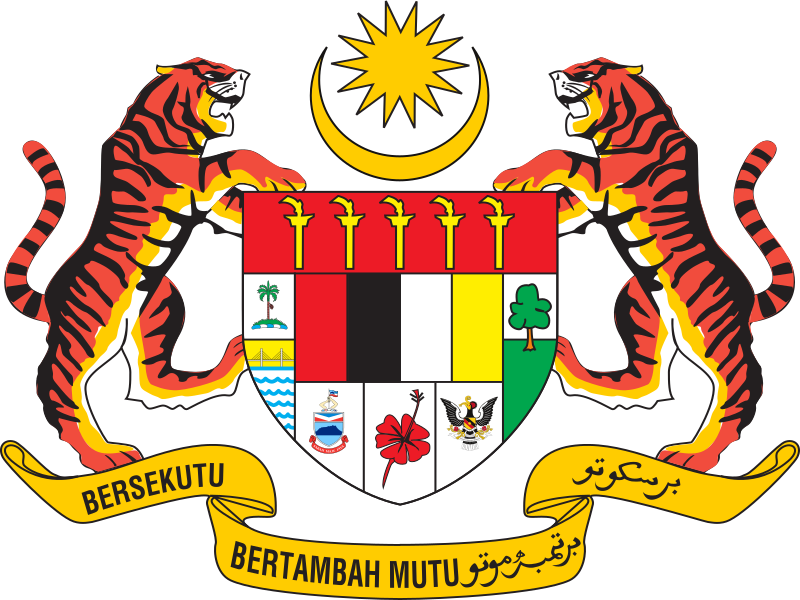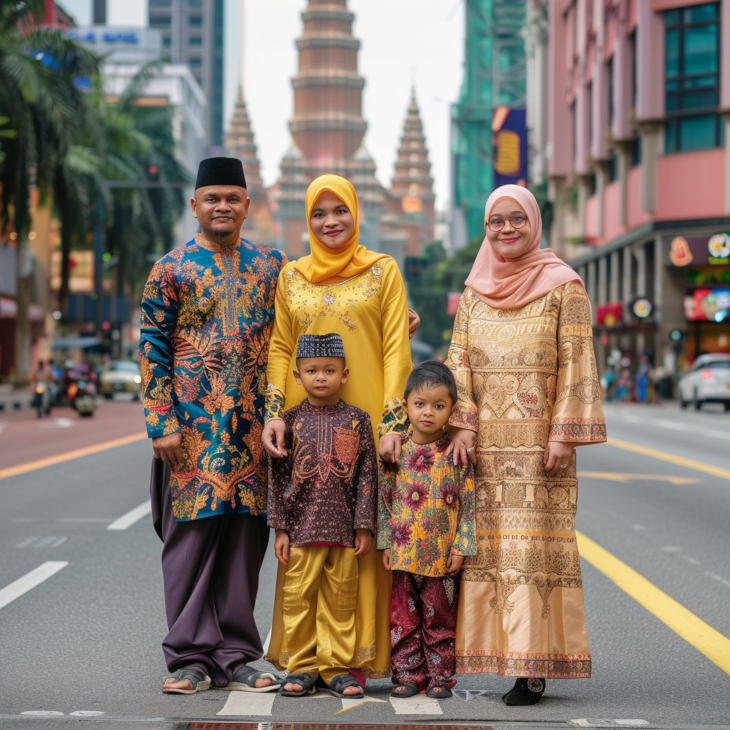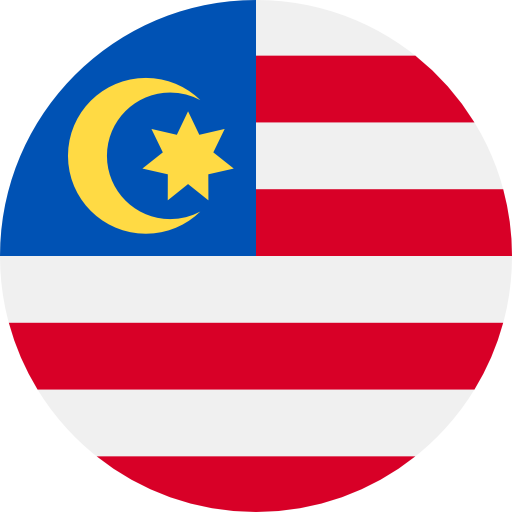About MY

Location
Malaysia is a country located in Southeast Asia, consisting of two regions: Peninsular Malaysia (located on the Malay Peninsula) and East Malaysia (located on the island of Borneo). It is bordered by Thailand, Indonesia, Brunei, and the South China Sea.
Capital
The capital city of Malaysia is Kuala Lumpur.
Population
As of the latest estimates, Malaysia has a population of approximately 32.9 million people, making it one of the most populous countries in Southeast Asia.
Area
Malaysia covers a total land area of about 330,803 square kilometers (127,724 square miles), making it the 66th largest country in the world by land area.
Official Language
The official language of Malaysia is Malay (Bahasa Malaysia).
Government
Malaysia is a federal constitutional monarchy with a parliamentary democracy. The Yang di-Pertuan Agong (King) serves as the head of state, while the Prime Minister is the head of government. The country has a bicameral legislative system consisting of the Dewan Rakyat (House of Representatives) and the Dewan Negara (Senate).
Independence
Malaysia gained independence from British colonial rule on August 31, 1957.
Currency
The currency of Malaysia is the Malaysian Ringgit (MYR).
Economy
Malaysia has a diverse and growing economy, with significant sectors including manufacturing, services, agriculture, and tourism. The country is one of the world's leading producers of palm oil, rubber, and tin. It is also a major exporter of electronics, petroleum, and natural gas.
Natural Resources
Malaysia is rich in natural resources, including oil, natural gas, timber, and minerals. The country's tropical climate and fertile land support agriculture, with rice, rubber, palm oil, and tropical fruits being important crops.
Climate
Malaysia has a tropical climate characterized by high humidity and temperatures throughout the year. The country experiences monsoon seasons, with heavy rainfall typically occurring from November to March on the west coast and from May to September on the east coast.
Culture
Malaysia is known for its cultural diversity, influenced by Malay, Chinese, Indian, and indigenous cultures. The country's cultural heritage is reflected in its cuisine, festivals, music, dance, and architecture.
Religion
Islam is the predominant religion in Malaysia, with Malay Muslims comprising the majority of the population. There are also significant Buddhist, Hindu, and Christian communities, as well as indigenous religions.
Tourism
Malaysia is a popular tourist destination, known for its beautiful beaches, lush rainforests, diverse wildlife, and vibrant cities. Tourist attractions include the Petronas Twin Towers in Kuala Lumpur, the beaches of Langkawi and Penang, and the cultural heritage sites of Malacca and Georgetown.
Infrastructure
Malaysia has a well-developed infrastructure, including modern transportation networks, telecommunications systems, and healthcare facilities. The country is also investing in infrastructure projects to support economic growth and development.

National Items of Malaysia
Malayan Tiger
The Malayan Tiger (Panthera tigris jacksoni) is the national animal of Malaysia. Known for its strength and majestic presence, it symbolizes courage, power, and the country's rich natural heritage.
Hibiscus (Bunga Raya)
The Hibiscus (Hibiscus rosa-sinensis), known locally as Bunga Raya, is the national flower of Malaysia. Its bright red petals symbolize courage, life, and rapid growth.
Rafflesia
The Rafflesia, known for having the largest individual flower in the world, is a significant plant in Malaysia. It symbolizes the unique and diverse flora of the country.
Orchid (Orkid)
Orchids are also significant in Malaysia, symbolizing natural beauty and the rich biodiversity of the country.
Petronas Twin Towers
The Petronas Twin Towers in Kuala Lumpur are iconic symbols of modern Malaysia. They represent progress, development, and architectural achievement.
Nasi Lemak
Nasi Lemak is a traditional Malaysian dish made with rice cooked in coconut milk, served with sambal, anchovies, peanuts, and boiled eggs. It represents the rich culinary heritage and cultural diversity of Malaysia.
Malay Kite (Wau)
The Wau, a traditional Malay kite, is a symbol of Malaysia's cultural heritage and craftsmanship. It represents the traditional art and leisure activities of the Malaysian people.
Songket
Songket is a traditional Malaysian fabric woven with gold or silver threads. It symbolizes the rich textile heritage and artisanal skills of Malaysia.
Rhinoceros Hornbill
The Rhinoceros Hornbill (Buceros rhinoceros) is a significant bird in Malaysia. It symbolizes the rich wildlife and biodiversity of the country and is culturally important to the indigenous peoples of Borneo.
Batik
Batik is a traditional Malaysian textile art that uses wax-resist dyeing techniques. It symbolizes the cultural heritage and artistic traditions of Malaysia.
Durian
The Durian, known as the "king of fruits," is a significant fruit in Malaysia. It symbolizes the rich agricultural heritage and unique culinary traditions of the country.
Mount Kinabalu
Mount Kinabalu, located in Sabah, is the highest peak in Southeast Asia. It symbolizes the natural beauty and geographical diversity of Malaysia.
Sultan Abdul Samad Building
The Sultan Abdul Samad Building in Kuala Lumpur is a historical landmark that represents the architectural heritage and colonial history of Malaysia.

This anthem celebrates the unity, progress, and prosperity of Malaysia, while also honoring the monarchy. It reflects the spirit of patriotism and pride of the Malaysian people in their country.
The national anthem of Malaysia is called "Negaraku" in Malay, which translates to "My Country" in English. Here are the lyrics in Malay along with an English translation:


